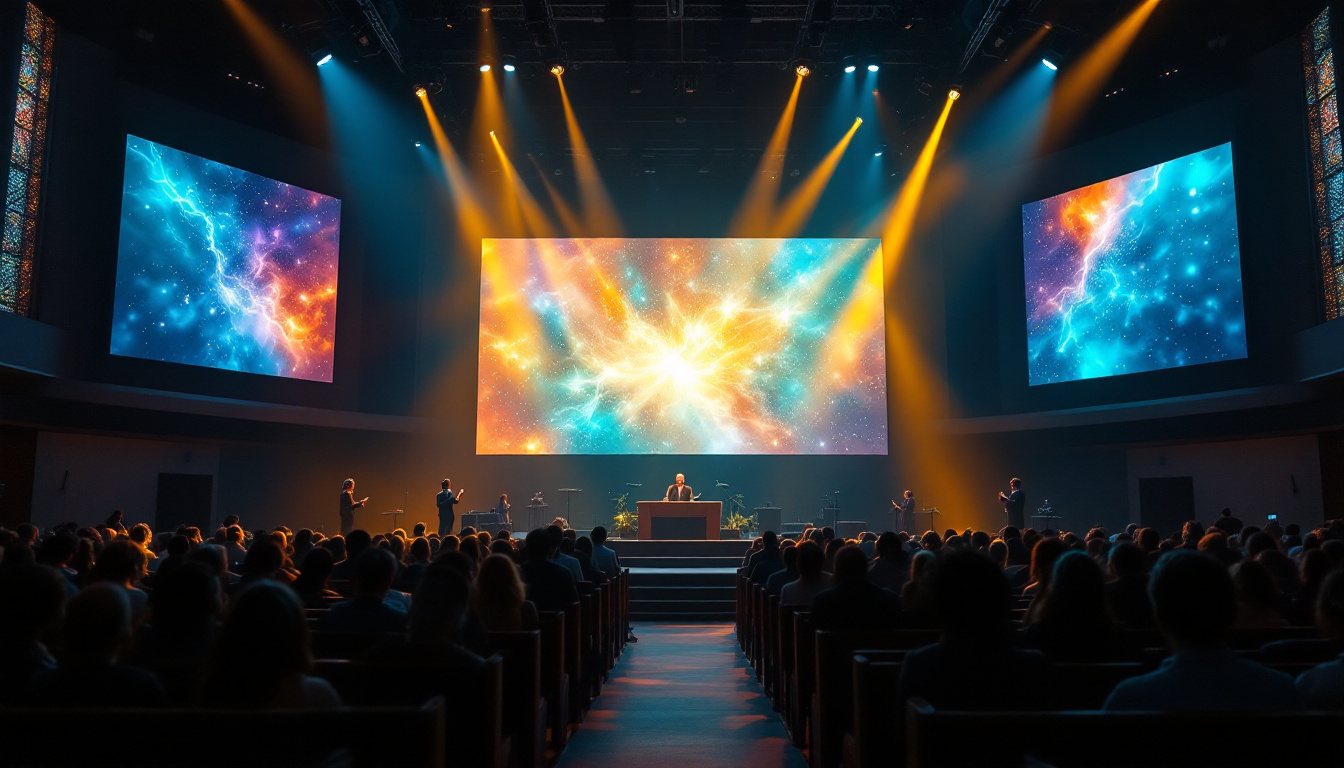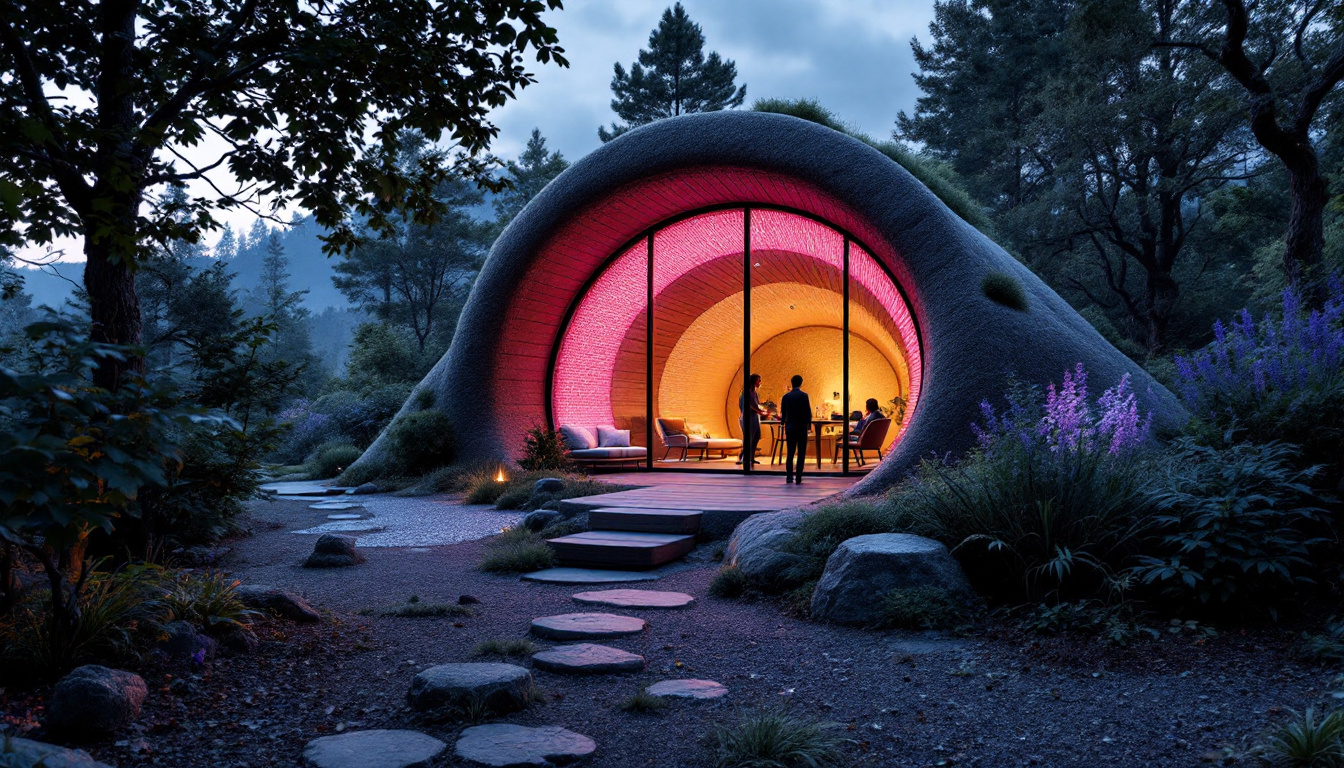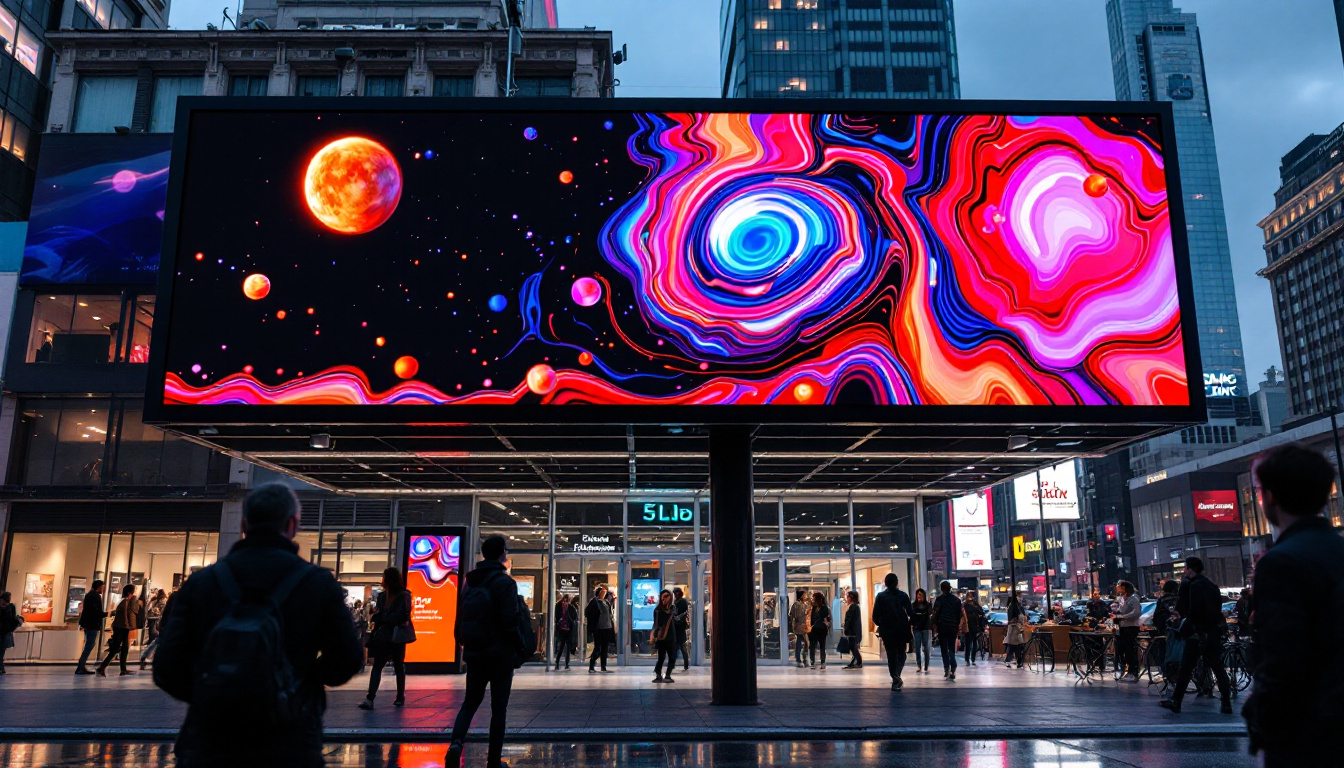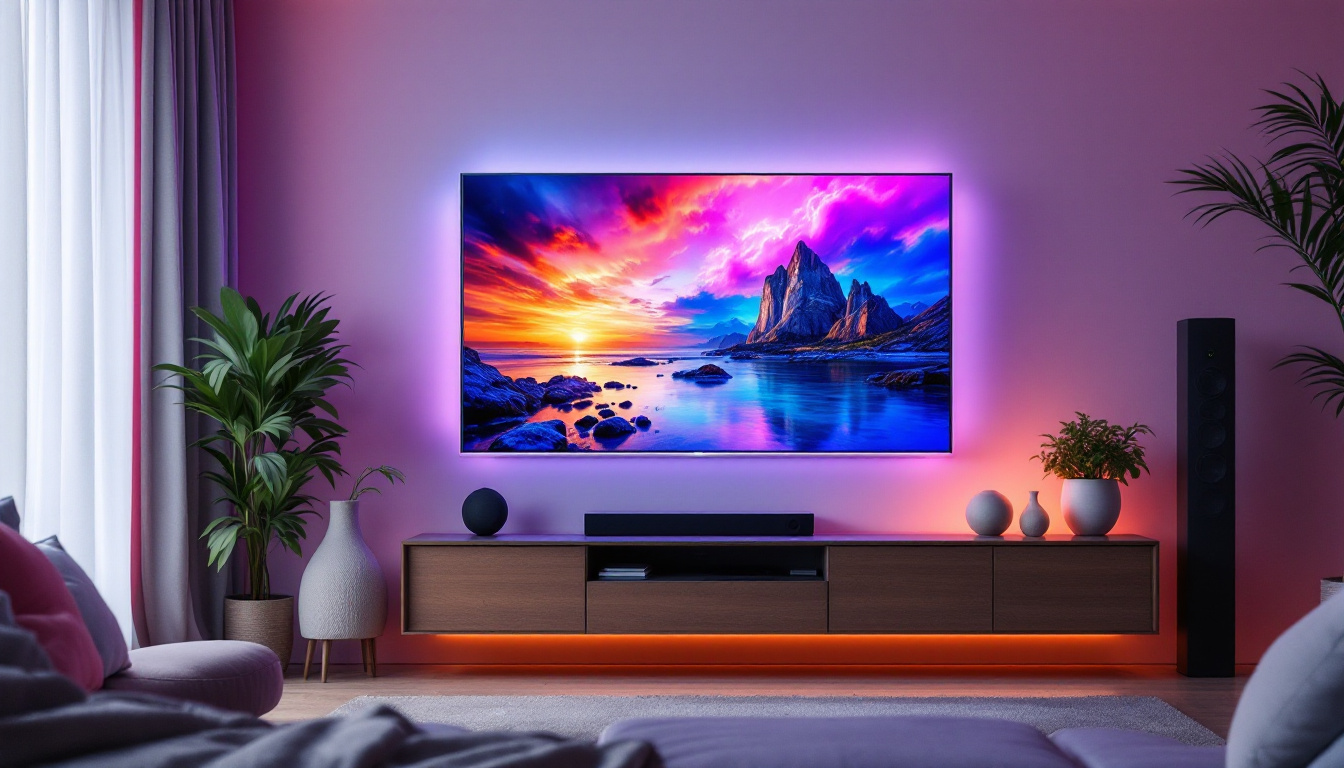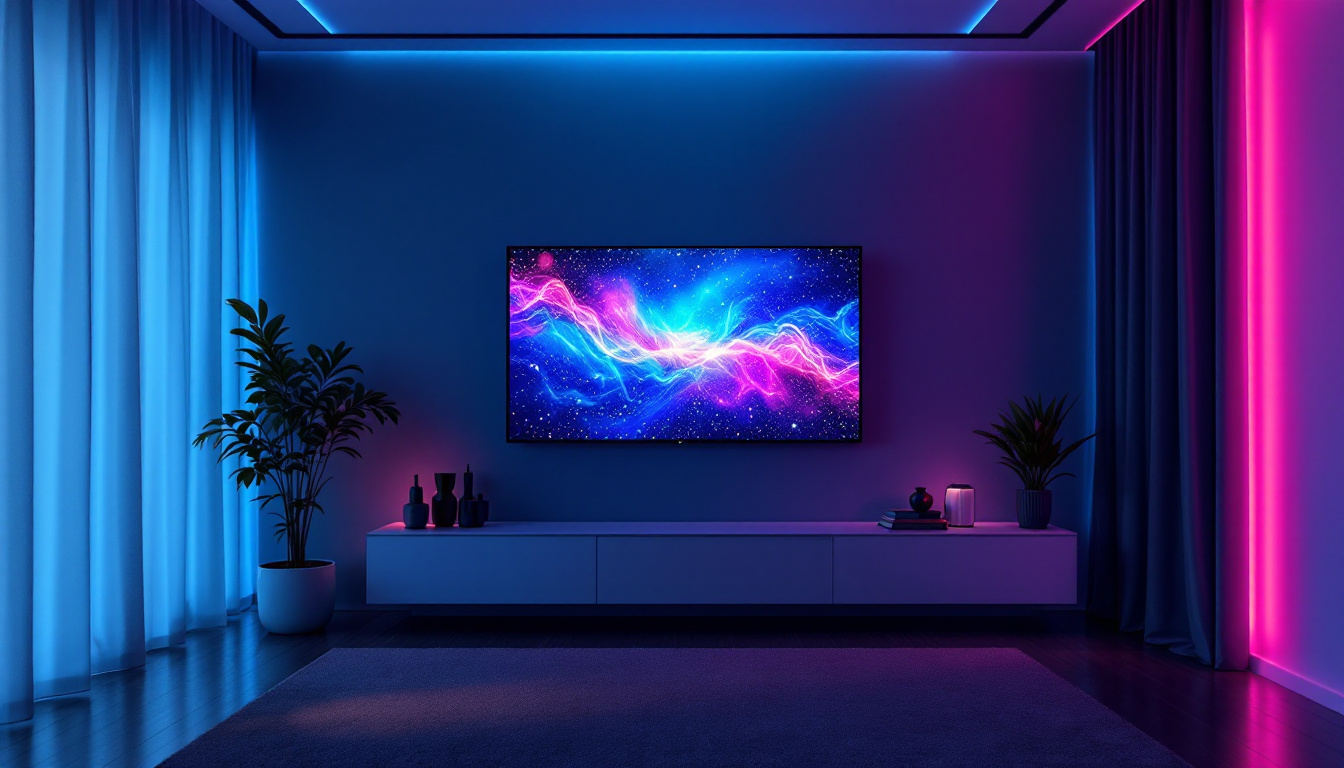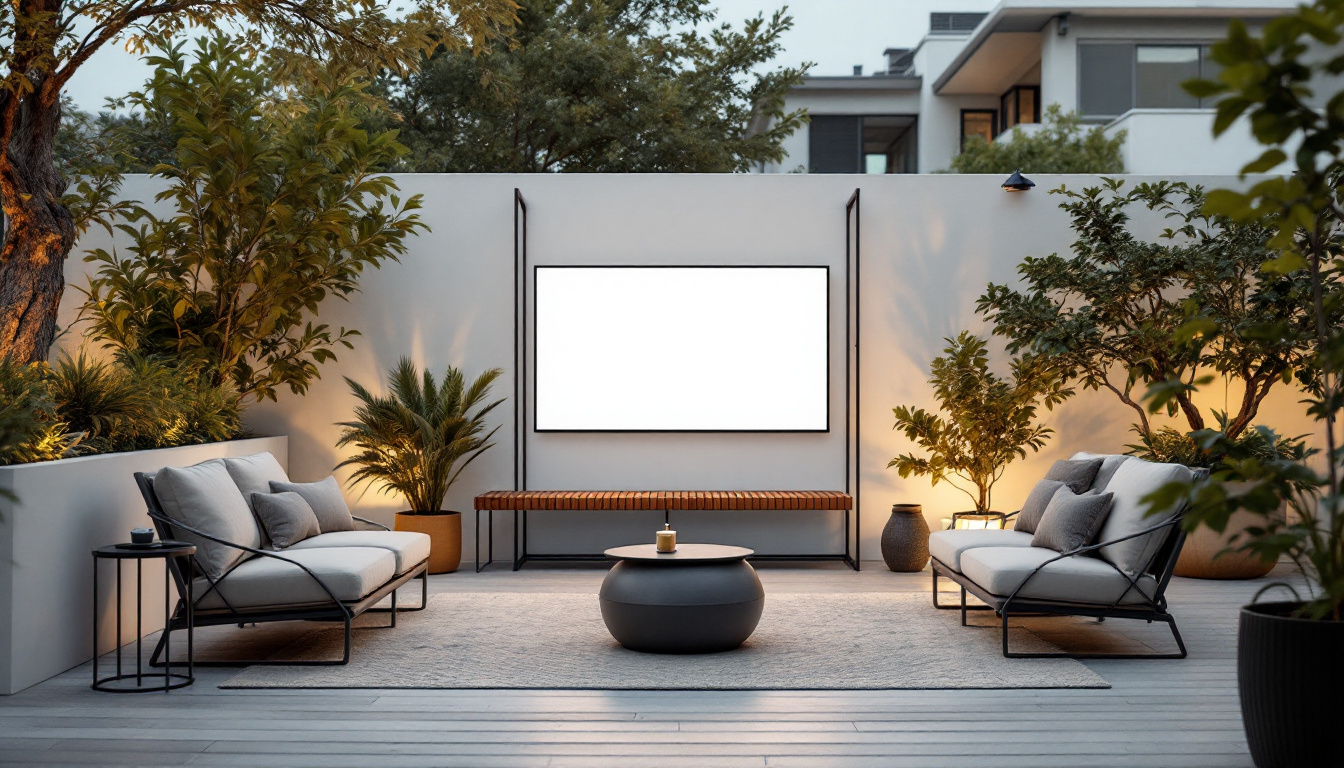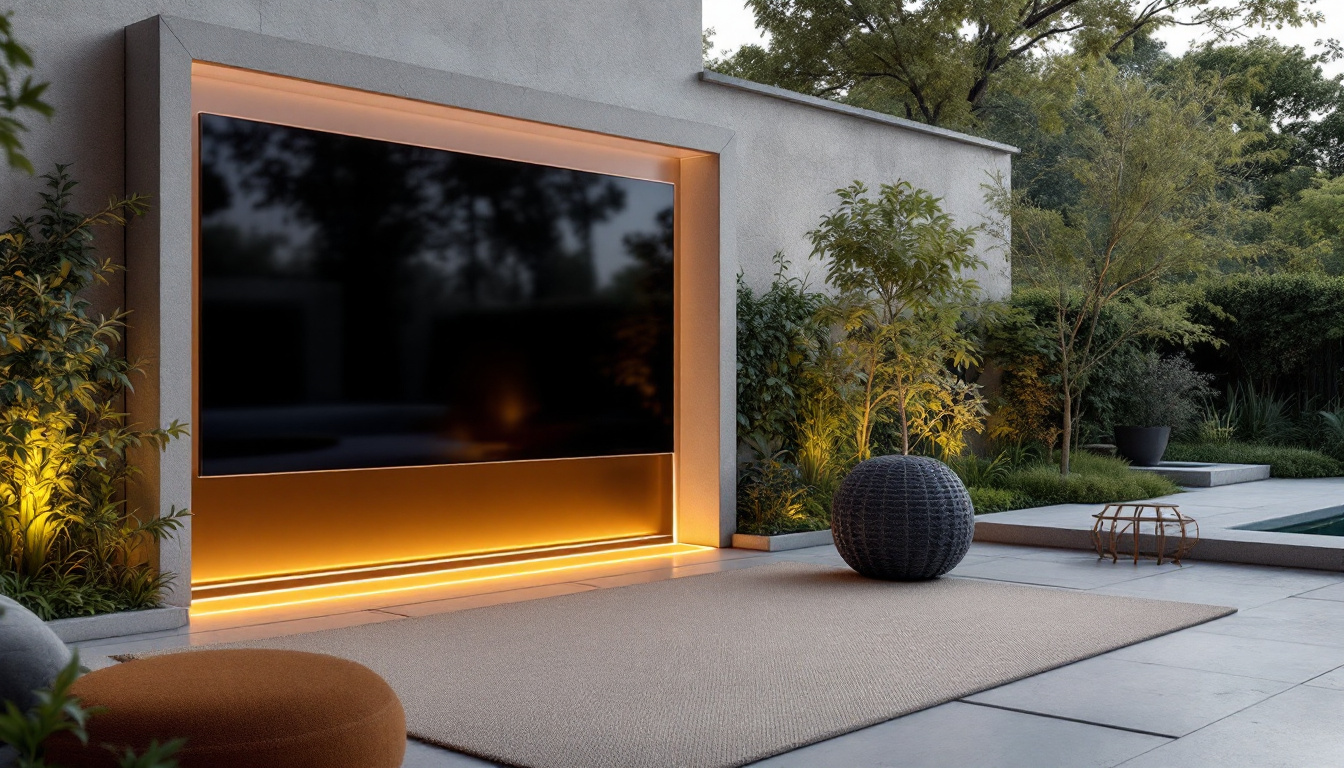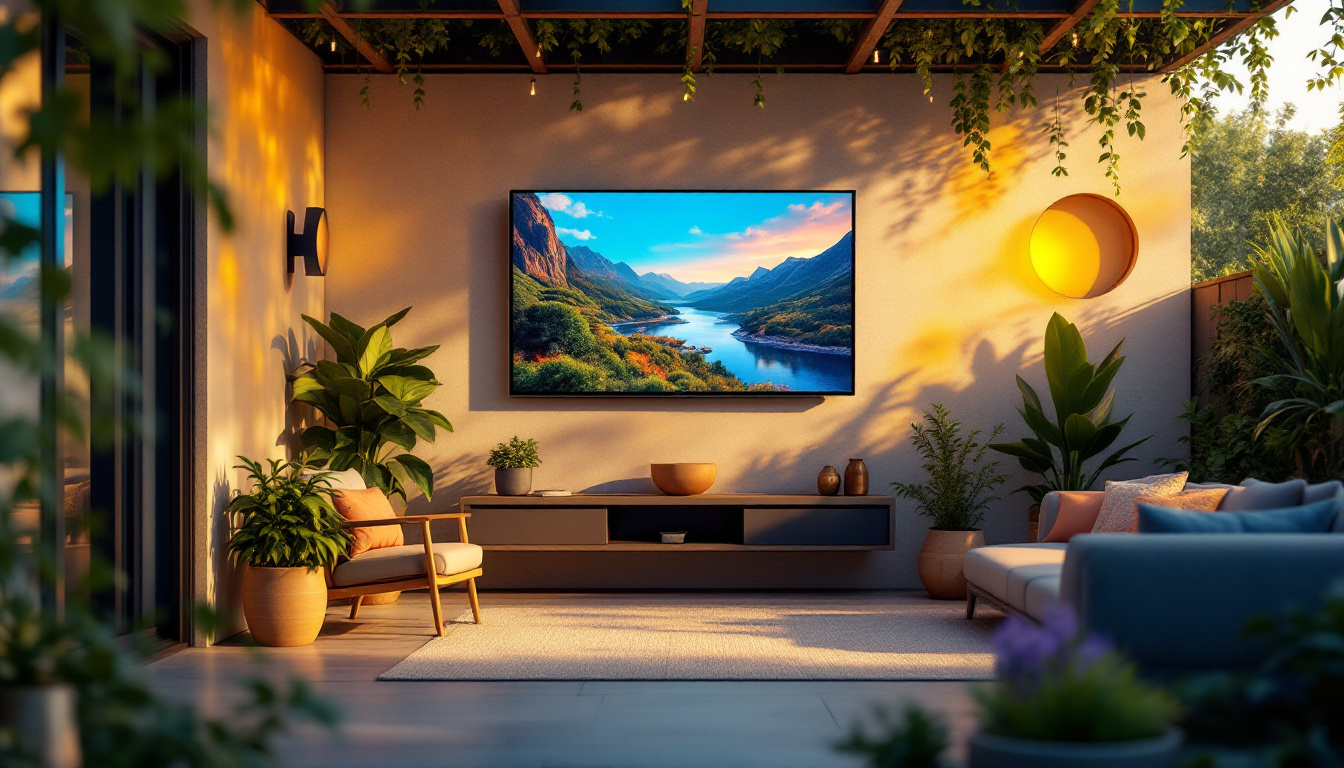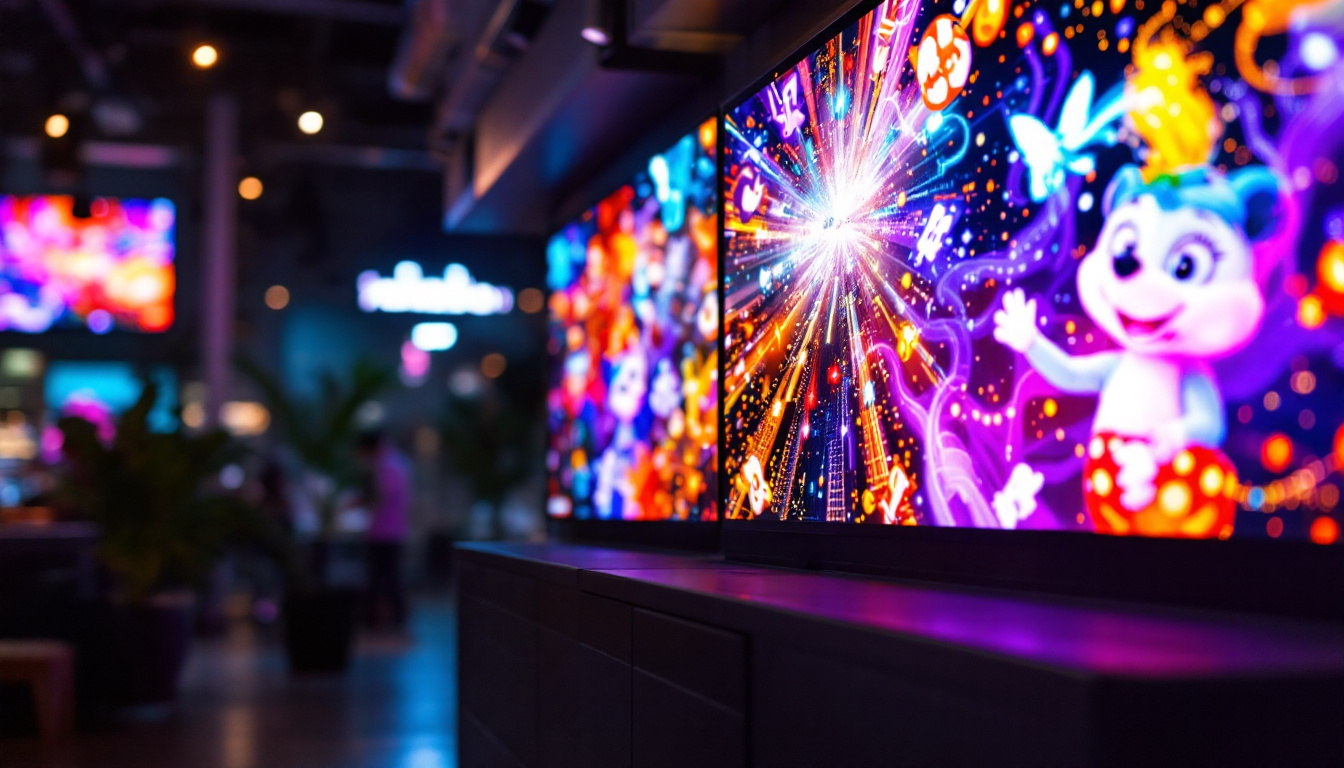In the modern age of worship, churches are increasingly adopting technology to enhance the worship experience. One of the most impactful innovations is the use of LED displays for church screen backgrounds. These vibrant screens not only serve as a visual aid during services but also help create an immersive atmosphere that engages congregants in a unique way.
Understanding LED Technology
LED, or Light Emitting Diode, technology has revolutionized the way visuals are displayed. Unlike traditional projection systems, which can often be dim and washed out, LED displays offer bright, crisp images that can be seen clearly even in well-lit environments. This advancement in display technology has not only enhanced the visual experience but has also opened up new avenues for creativity in presentation design.
This technology works by using an array of tiny light-emitting diodes that combine to create a full-color image. The result is a display that is not only vibrant but also energy-efficient and long-lasting, making it a practical choice for churches looking to invest in their visual presentation. Moreover, the compact size of LED technology allows for innovative installation options, such as curved screens or modular setups, which can be tailored to fit the unique architecture of a church.
Benefits of LED Displays
One of the primary benefits of LED displays is their brightness. With high luminosity, these screens can effectively cut through ambient light, ensuring that text, images, and videos are visible from anywhere in the sanctuary. This is particularly important during services when congregants may be seated at various distances from the screen. Furthermore, the high refresh rates of LED displays contribute to smooth video playback, making them ideal for dynamic presentations that include live streaming or multimedia elements.
Additionally, LED displays are known for their versatility. They can be used to showcase a variety of content, from worship lyrics and sermon notes to promotional videos and announcements. This flexibility allows churches to adapt their visual presentations to suit different events and themes throughout the year. For instance, during holiday seasons, churches can easily switch to festive graphics or video backgrounds, enhancing the overall atmosphere and engagement of the congregation.
Longevity and Maintenance
Another significant advantage of LED technology is its durability. LED displays typically have a lifespan of over 100,000 hours, which means they can last for many years with minimal maintenance. This longevity makes them a cost-effective solution for churches, as they reduce the need for frequent replacements. Additionally, the robust nature of LED components makes them resistant to shocks and vibrations, which is particularly beneficial in environments where equipment may be subject to movement or accidental bumps.
Furthermore, the maintenance of LED screens is relatively straightforward. Most issues can be resolved quickly, and many manufacturers offer support and warranties, ensuring that churches can keep their displays in optimal condition without excessive downtime. Regular cleaning and software updates are usually all that is required to maintain performance, allowing church staff to focus on their core mission rather than technical difficulties. This ease of upkeep, combined with the impressive lifespan, makes LED displays an attractive investment for any church looking to enhance its visual outreach.
Choosing the Right LED Display for Your Church
When selecting an LED display for a church, several factors should be considered to ensure that the chosen system meets the needs of the congregation. These factors include size, resolution, and installation options.
Size Considerations
The size of the LED display is crucial for visibility. A larger screen may be necessary for bigger congregations or larger worship spaces, while smaller screens may suffice for more intimate settings. It’s essential to assess the space where the display will be installed and determine the optimal size to ensure that everyone can see the content clearly.
In addition to the physical size, the aspect ratio of the display should also be taken into account. Common aspect ratios include 16:9 for widescreen formats, which are ideal for video presentations, and 4:3 for more traditional content. Choosing the right aspect ratio can enhance the overall viewing experience. Furthermore, consider the layout of the seating in the church; if the congregation is spread out or seated at various angles, a larger or curved display might be beneficial to ensure that everyone has a clear line of sight, preventing any visual obstruction that could detract from the worship experience.
Resolution and Image Quality
The resolution of an LED display is another critical factor. Higher resolution screens provide better image quality, which is particularly important for displaying detailed graphics or video content. A resolution of at least 1080p is recommended for most church applications, as it ensures that text remains sharp and images are clear.
It’s also worth considering pixel pitch, which refers to the distance between the pixels on the display. A smaller pixel pitch results in a higher resolution and better viewing experience, especially for audiences seated closer to the screen. For larger venues, a pixel pitch of 3mm to 5mm is generally sufficient. Additionally, consider the ambient light conditions in your church; if the space is brightly lit, opting for a display with higher brightness levels will ensure that the content remains visible and vibrant, even in challenging lighting situations. This attention to detail can significantly enhance the overall atmosphere of worship, allowing for a more engaging and immersive experience for the congregation.
Installation Options
Installing an LED display in a church requires careful planning and consideration of various factors, including location, mounting options, and connectivity. The installation process can significantly impact the overall effectiveness of the display.
Location and Visibility
Choosing the right location for the LED display is essential for maximizing visibility. The screen should be positioned where it can be easily seen by all congregants, without obstructing views or causing distractions. Common locations include the front of the sanctuary, above the stage, or even integrated into the stage design.
It’s also important to consider the angle of the display. Screens that are tilted or angled can improve visibility for those seated further back, ensuring that everyone can engage with the content being presented.
Mounting Options
There are various mounting options available for LED displays, including wall mounts, ceiling mounts, and freestanding structures. The choice of mounting will depend on the layout of the church and the specific requirements of the display. Wall-mounted displays are common for permanent installations, while portable options may be suitable for multi-purpose spaces.
Additionally, churches should consider the aesthetic aspect of the installation. The display should complement the overall design of the sanctuary and not detract from the worship experience. Custom framing or decorative elements can help integrate the screen seamlessly into the church environment.
Content Creation for LED Displays
Once the LED display is installed, the next step is to create engaging content that enhances the worship experience. Content can range from worship lyrics and sermon notes to videos and announcements. The key is to ensure that the content is relevant, visually appealing, and easy to read.
Design Principles
When designing content for an LED display, it’s important to adhere to certain design principles. Simplicity is crucial; too much text or overly complex graphics can overwhelm viewers. Use clear fonts and contrasting colors to ensure readability, and limit the amount of information displayed at any one time.
Incorporating images and videos can enhance the visual appeal of the content. High-quality visuals can evoke emotion and create a more immersive experience for congregants. However, it’s essential to ensure that any multimedia content is appropriate and aligns with the church’s values and message.
Utilizing Software Solutions
Many churches benefit from using specialized software designed for creating and managing content on LED displays. These software solutions often come with templates and tools that simplify the design process, allowing churches to produce professional-looking content without requiring extensive graphic design skills.
Moreover, these tools can facilitate scheduling and automation, enabling churches to plan their content in advance and ensure that the right information is displayed at the right time. This can be particularly useful for announcements, event promotions, and seasonal themes.
Engaging the Congregation with LED Displays
LED displays have the potential to transform the way congregations engage with worship. By providing dynamic visuals, churches can create a more interactive and immersive experience that resonates with attendees.
Enhancing Worship Services
During worship services, LED displays can be used to project song lyrics, scripture verses, and sermon notes, allowing congregants to follow along easily. This not only aids participation but also helps create a unified worship experience as everyone engages with the same content.
Additionally, incorporating multimedia elements such as videos, testimonials, and live feeds can further enhance the service. These elements can provide context and depth to the message being delivered, making it more relatable and impactful for the congregation.
Community Engagement and Outreach
Beyond worship services, LED displays can play a vital role in community engagement and outreach. Churches can use their displays to share information about upcoming events, community service opportunities, and educational programs. This not only keeps the congregation informed but also encourages participation and fosters a sense of community.
Moreover, engaging content such as inspirational quotes, scripture passages, and community highlights can be displayed to uplift and motivate congregants throughout the week. This ongoing engagement helps to maintain a connection between the church and its members, even outside of regular services.
Conclusion
Incorporating LED displays into church settings offers numerous benefits, from enhanced visibility and engagement to the ability to create dynamic content that resonates with congregants. By understanding the technology, choosing the right display, and creating compelling content, churches can significantly enrich the worship experience.
As technology continues to evolve, embracing these innovations can help churches connect with their congregations in meaningful ways. LED displays are not just a trend; they represent a powerful tool for enhancing worship, fostering community, and spreading the message of faith.
Discover LumenMatrix LED Display Solutions for Your Church
Ready to elevate your worship experience with the latest in LED display technology? LumenMatrix is at the forefront of creating immersive visual environments that bring your services to life. From Indoor and Outdoor LED Wall Displays to Custom and All-in-One LED solutions, we have the perfect fit for your church’s unique needs. Embrace the power of vibrant, energy-efficient LED displays and transform your worship space into a dynamic setting for connection and inspiration. Check out LumenMatrix LED Display Solutions today and witness how our innovative technology can enhance your congregation’s engagement and spiritual journey.

